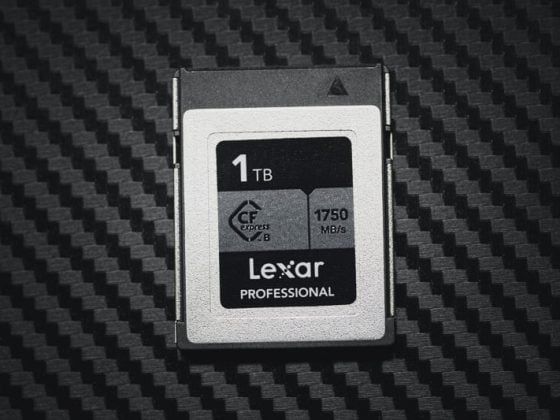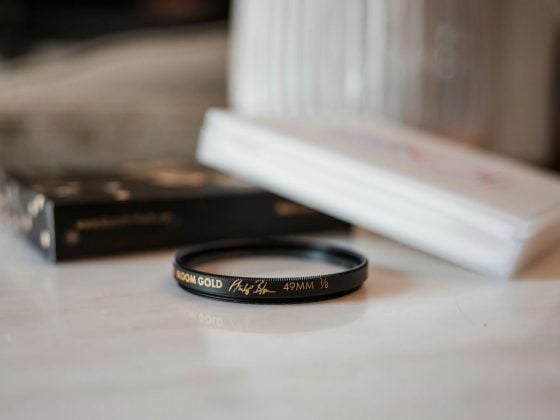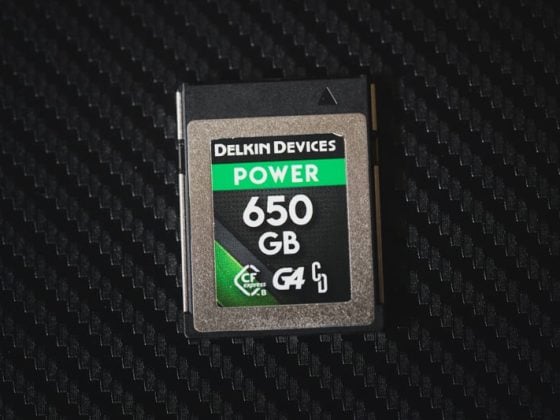Sony 16-35mm F4 FE Lens Review
This lens is an ultra wide zoom designed for Sony mirrorless full frame E-Mount Cameras. It has a built in optical image stabilization and is dust and moisture resistant.
My Initial Thoughts
I hate that I didn’t buy this lens sooner. It’s a perfect match for the Sony A7(r)(s) II series of cameras both old and new and I’m absolutely in love with it.
The lens is only F4, but I would like to think a lens like this would be used mostly by landscape or architecture photographers where wider apertures would not really be needed. But for those occasions when you do need the lens in low light and are going handheld, the OSS saves the day.
There are a lot of things I love about this lens and very few things I don’t, making this lens one of my favorite, go-to lenses with the Sony A7r II.
Lens Ordering Links
UV Filters
- B + W 72mm Clear UV Haze with Multi-Resistant Coating (010M) – Amazon
- B + W 72mm Clear XS-Pro Clear with Multi-Resistant Nano Coating (007M) – Amazon <- Thinner and slightly more transparent.
Sony A7r II, 16mm, ISO 100, f8, 1/8sec
Real World Use
I own this lens so I’ll come back and update this article from time to time.
Aside from the characteristics that come with a zoom lens, this lens is fantastic even when using it with the Sony A7rII’s 42 megapixel sensor. From colors, to corner to corner sharpness, the images coming out of the camera look amazing every time.
Sony A7r II, 16mm, ISO 100, f11, 1.3sec
What I Love About This Lens
– It’s really well balanced for the Sony A7rII.
– No problem with resolving 42 megapixel detail.
– Very sharp at 16mm and 24mm.
– Excellent coatings, creating very vibrant images with fantastic color and contrast.
– The lens partly blocks the Sony A7rII’s insanely, ridiculously (wtf were they thinking) bright Focus Assist Beam. So when I’m taking pictures of my newborn daughter, the lens blocks the death ray blast from incinerating my her face and melting out her eyes.
What I Don’t Love About This Lens
– With this lens on the Sony A7r II, the camera is only slightly lighter than a Canon 5DSR with the Canon 16-35mm f2.8 II. Seriously. Take the battery out of the Canon and you’re almost there. This is partly because the Sony A7r II is so damn heavy, but the lens is also heavy for how small it is, making it an all around heavy kit. But I was never one of those guys that bought mirrorless because I needed something smaller and lighter, so the weight is a forgivable characteristic.
– I don’t like the way the barrel of the lens extends when zooming. I prefer zoom lenses of the other style, where the lens zooms within the barrel and the basic shape of the lens does not change.
– I would rather have no OSS and a lighter lens, especially since we have in camera stabilization, which according to Canon, isn’t as good. 🙂
Technical Overview
To see the real quality of the Sony 16-35mm f4 lens, I put it through copious testing. From diffraction, sharpness at various apertures, to sunstars, this should cover just about everything.
Diffraction
This varies from camera body to camera body, but here is how diffraction looks with the Sony A7rII’s 42 megapixel sensor.
It looks soft at f5.6 because I had the camera a little too close to the focus chart. Most lenses don’t perform well at three feet and less up until about f5.6. I was probably a foot away.
However, paying attention to diffraction, f11 looks really great even with the 42 megapixel sensor on the Sony A7r II.
100% Crop
Sony 16-35mm F4 Sharpness At 16mm
Sony 16-35mm F4 Sharpness At 24mm
Sony 16-35mm F4 Sharpness At 35mm
Sony 16-35mm Sharpness Overview
The lens is sharp. From the center to the corners, and at 16mm to 35mm. I couldn’t really ask for more. There are no smeary corners, plus chromatic aberrations, distortion and vignetting are all very well controlled.
I believe Sony does cook their RAW files with a slight correction to many of these issues and they do sharpen the RAWs quite a bit. So keep that in mind when comparing to Canon or Nikon glass via an adapter.
Sony 16-35mm F4 Sunstars And Flaring
You won’t get great sunstars with this lens, even at higher apertures. But on the plus side, pointing the camera into the sun gives very little flaring.
Sony A7r II, 16mm, ISO 100, f11, 0.6sec
Sony A7r II, 16mm, ISO 100, f11, 1/13sec
Sony A7r II, 16mm, ISO 100, f11, 1/25sec
Sony 16-35mm F4 OSS
I believe when you put an OSS lens on a IBIS body the lens takes priority. The OSS in lens is pretty good, nothing great. It consider it more as a vibration reduction than a full steady shot simulator. Low light is decent with OSS but I found I can still get soft images at 1/30 shutter from motion blur when shooting handheld.
OSS is a nice feature to have and I see why Sony added it. Having OSS means the lens doesn’t need to be as fast to function well in low light conditions and a slower lens means a less expensive lens. It’s a win for everyone. (Except maybe someone who wants shallow depth of field on an ultrawide lens and maybe astrophotographers that need to soak up as much light as possible.)
Other Thoughts
Sony 16-35mm F4 Fly-By-Wire Manual Focusing
This isn’t a topic you usually see discussed with lenses. Since most auto focus lenses these days have fly-by-wire focus rings, how well this technology performs can make a big difference, especially for videographers.
I have to say the fly-by-wire manual focus on the Sony 16-35mm F4 is rock solid. It feels like you’re getting a manual lens with 1:1 performance. This is not common for autofocus lenses. Many . . . most of my Fujinon lenses perform very poorly with the fly-by-wire focus. I’ll get a lot of focus lag when turning the focus ring. This can make getting that pin point focus very difficult and can make using the lens in manual a nightmare for videographers who want instant 1:1 focus.
To see more full frame e-mount lenses, see the complete list of Sony FE lenses for a7rII.
Sony Vario-Tessar 16-35mm F4 FE T* Sample Photos
 Sony A7r II, 16mm, ISO 100, f11, 1/6sec
Sony A7r II, 16mm, ISO 100, f11, 1/6sec
Sony A7r II, 16mm, ISO 100, f11, 4sec
Sony A7r II, 23mm, ISO 100, f11, 1/5sec
Sony A7r II, 24mm, ISO 100, f11, 1/8sec
Sony A7rII / Sony 16-35mm f4 – ISO 100, f5, (4s, 15s, 30s)
| **This website contains affiliate links. We will earn a small commission on purchases made through these links. Some of the links used in these articles will direct you to Amazon. As an Amazon Associate, I earn from qualifying purchases. |





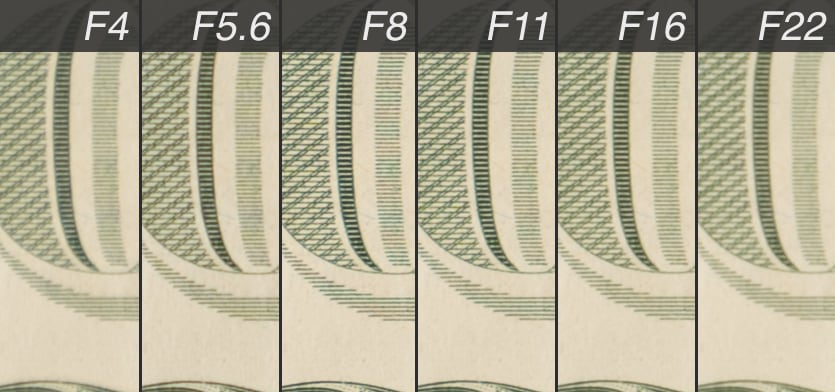
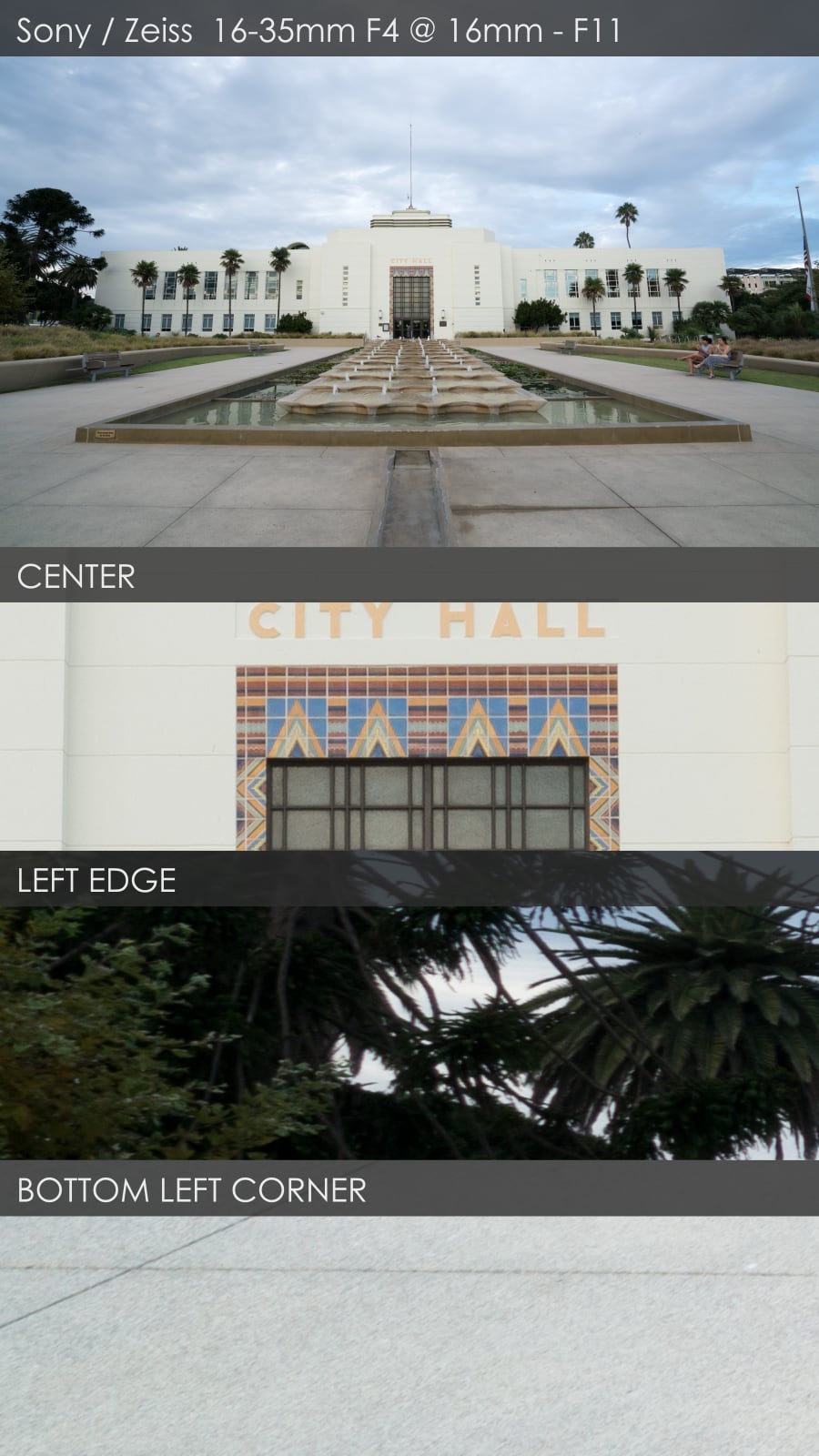
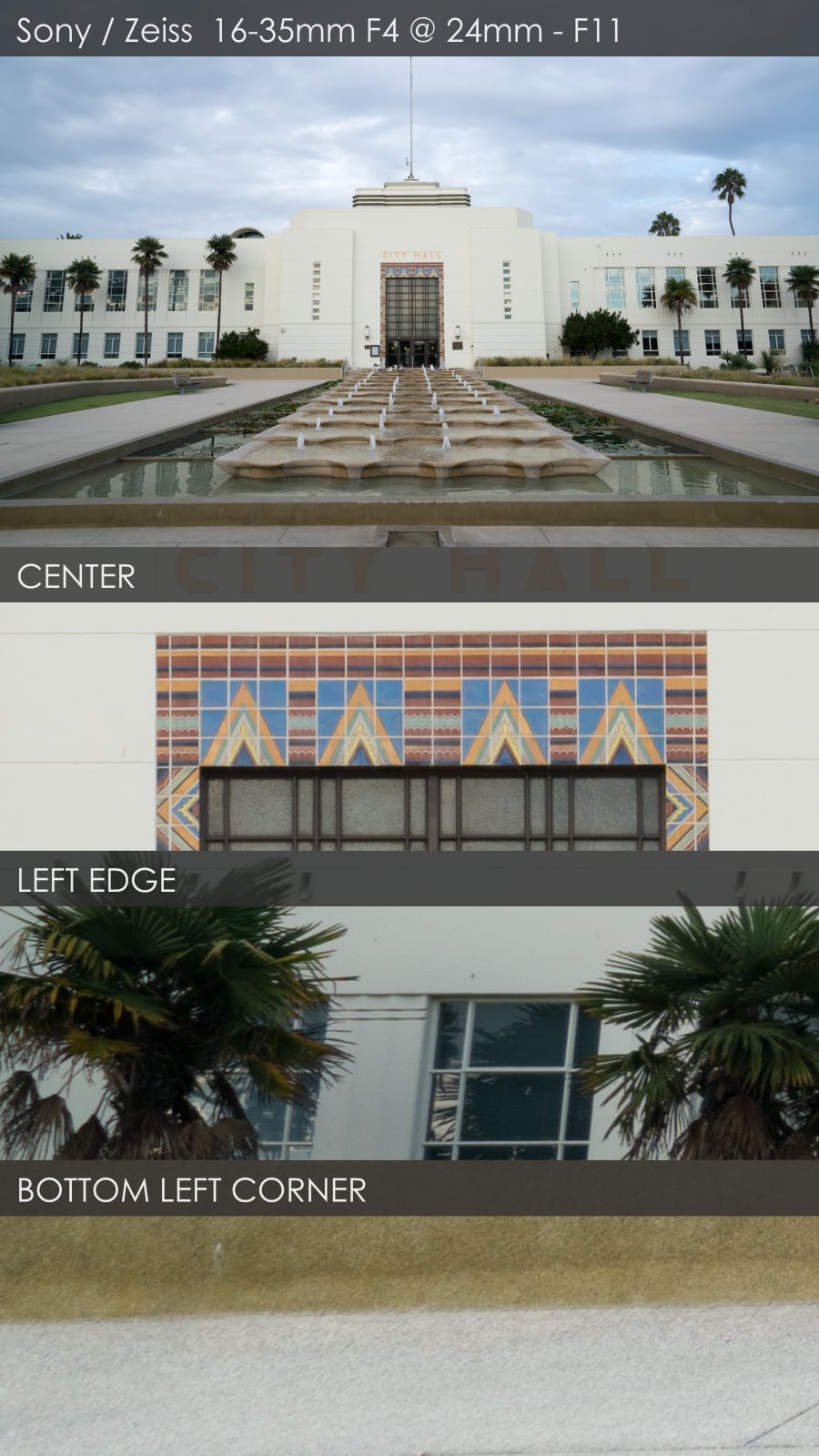
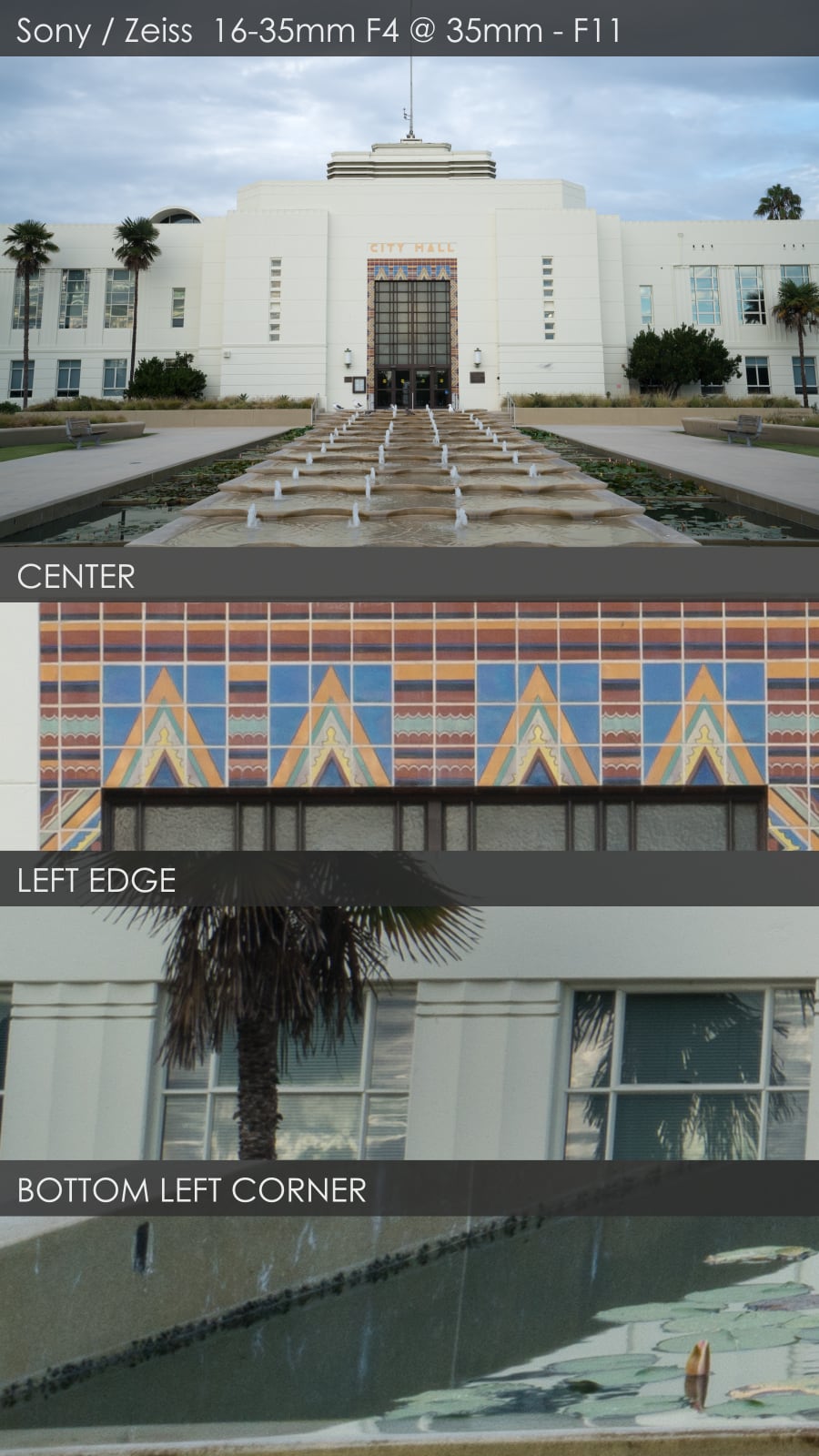




 Sony A7r II, 16mm, ISO 100, f11, 1/6sec
Sony A7r II, 16mm, ISO 100, f11, 1/6sec





